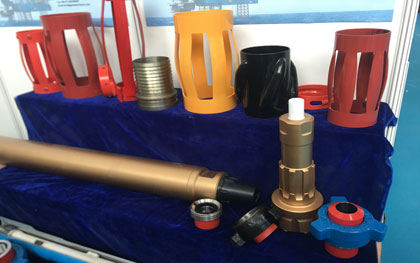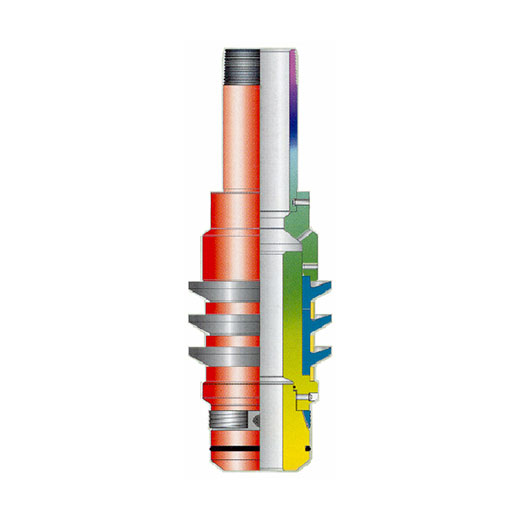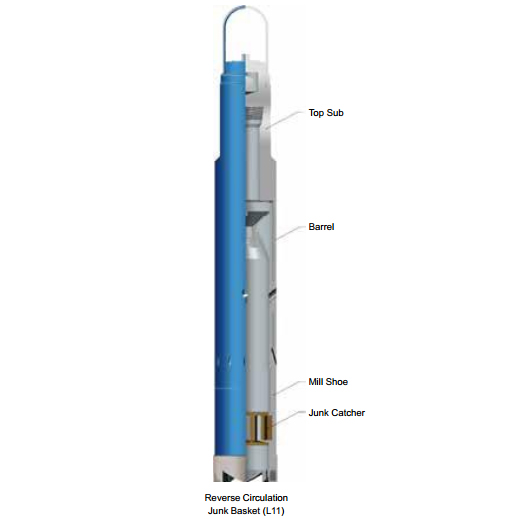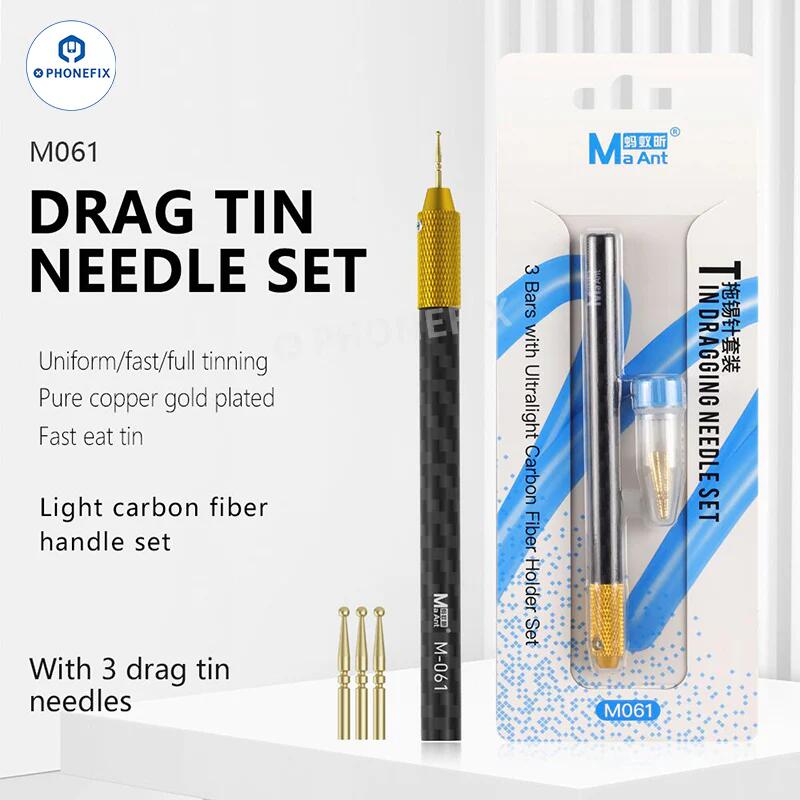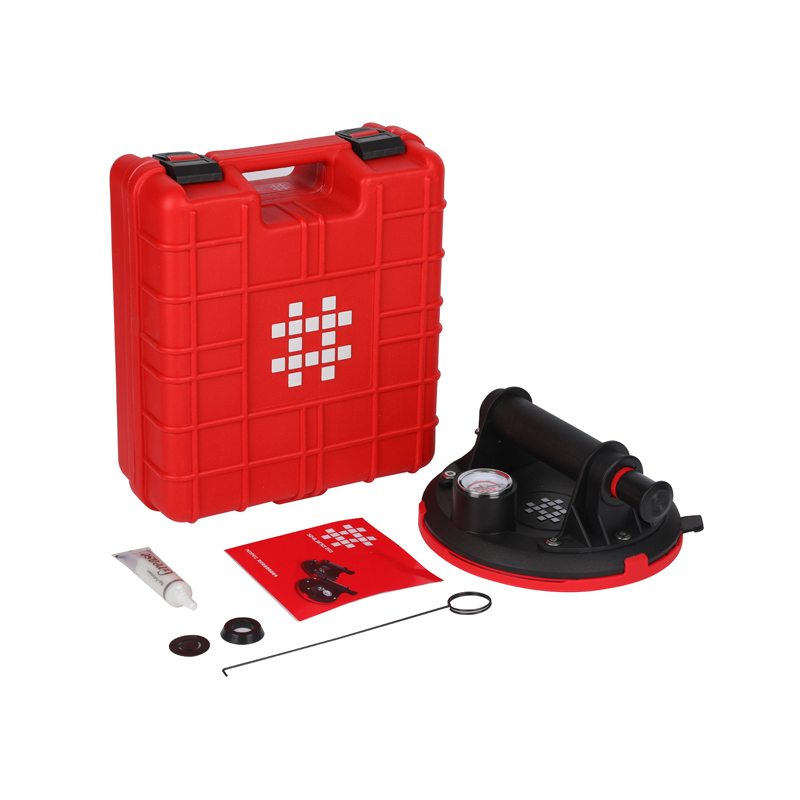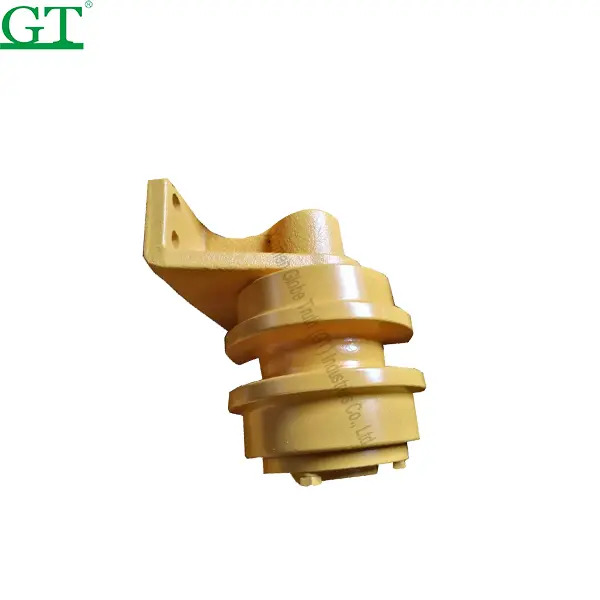Cementing Tools
Cementing is an important task in the drilling process. In drilling operations, there must be at least two cementing (production wells) and up to 4 to 5 cementing (deep exploration wells). The top cementing is the surface casing cementing, which plays the role of "mud passage, oil and gas portal". Before the next drilling, the surface casing should be equipped with a blowout preventer to prevent blowout. A mud pipe is installed on the blowout preventer, which is a passage for the drilling fluid to return to the mud pool. In the drilling process, technical casing cementing is often required, which plays the role of “consolidating the rear and safely exploring the road”. Like the road tunnels and the roadways in the coal mines, the wells will encounter well collapses, high pressures and unstable formations during the drilling process. At the same time, they will also have a retreat in the case of distress in the forward "pathway" and play a "rescue". effect.
Cementing is divided into three steps: casing, cementing, wellhead installation and casing pressure test.
The casings are available in different sizes and steel grades. Surface cementing usually uses 20~13 3/8 inch casings, most of which are steel grade "J" grade casings. Technical casings typically use 13 3/8 to 7 inch casings with a higher steel grade. Oil casing casing cementing usually uses 7 to 5 inch casing, and the steel grade strength is the same as that of the technical casing. The strength of the casing is designed according to the application, formation prediction pressure and casing penetration depth, and the wall thickness, steel grade and thread type of the casing are determined.
The casing is different from the drill pipe. It is a one-time pipe that is not required to be thickened. The length is not strictly regulated. In order to ensure the cementing quality and smoothly enter the casing, the structural design of the casing string is to be carried out.
It is the key process after the casing enters the well. Its function is to seal the annular space of the casing and the well wall to seal the oil and gas water layer and make the casing become the passage of oil and gas into the well.
Oil well cement
Oil well cement is an important material for sealing the casing and the annular space of the well wall. Because the well is deep and shallow, the underground has atmospheric pressure and high temperature and high temperature, and the formation also contains various chemical substances, so the oil well cement is required to have a wide adaptability. At present, there are 9 grades and three types of oil well cement used in China. Different grades and types of cement are suitable for different downhole conditions. Therefore, selecting cement according to the depth and temperature of the well is the primary task of cementing operations.
Cement grade
The limited cement grade does not meet the performance requirements of grouting. The G-grade and H-grade cements used today are often modified with additives to adjust their performance. They are the most commonly used cements. Additives can be divided into seven categories: adjusting the density agent, adjusting the setting time additive, controlling the loss additive, reducing the water loss agent, controlling the viscosity agent, and special additives for abnormal conditions. One level of cement may use one or more additives.
Immediately after the casing is completed, the circulating pipeline and the cementing pipeline are connected to prepare for cementing. First of all, it is necessary to open the pump to circulate the drilling fluid. Because the gap between the casing and the well wall is small, the high return speed is used to impact the mud cake on the well wall, and the performance of the drilling fluid is adjusted until the circulating pump pressure is stable. During this period, the start of the cementing pump, ash, water supply, mixing, and suctioning should be ready, as shown in Figure 6-8.
Before the cement slurry is injected into the casing, a certain amount of pre-fluid is pumped to isolate the drilling fluid and the cement slurry to avoid mixing. Moreover, after the separator returns to the casing, it also serves to clean the annular space.
The displacement rate of the cement slurry depends on the conditions in the well. If there is no special situation, high-speed turbulence displacement should be adopted. However, in the case of low formation fracture pressure, only low speed replacement can be used.
After the casing is cemented, the wellhead is installed during the solidification of the cement. The top end of the surface casing is to be the casing of the casing head. The top end of each layer of casing is hung in the casing head. The casing head is mainly used to support the weight of the technical casing and the oil casing, which is especially important for the cementing cement not returning to the ground. The casing head is also used to seal the annular space between the casings to prevent pressure build-up. The casing head is also a transitional connection between the blowout preventer and the tubing head. There are also two side ports on the casing head for use on the land to replenish cement and monitor well conditions. Note the operation of balance liquid.
Casing pressure testing is an important part of checking cementing quality. After installing the casing head and connecting the blowout preventer and the blowout preventer line, the pressure resistance check of the casing head seal and the seal pressure test connected with the blowout preventer are required. After testing the cement plug in the casing, the pressure test of the casing string should be carried out. After drilling through the casing shoes for 2~3 meters (technical casing), the ground fracture test should be carried out. The production well should be tested for the quality of the cement ring, and the sound wave should be used to detect the cementation of the cement ring and the casing and the borehole wall. After all the indicators of cementing quality are qualified, the next operating procedure can be entered.
Saigao Group is a professional oil well equipment manufacturers, we provide oilfield cementing tools, dv tool oilfielddv tool drilling, dv tool oil and gasand etc. Want to know more? Contact us.
在线联系供应商
Other supplier products
| Drilling Collar | The drill collars for saleis at the bottom of the drill string and is a major component of the lower hole assembly. Its main feature is that the wa... | |
| Liner Wiper Plug | The Liner Wiper Plugmay be shear-pinned on the bottom of the setting tool. The conjunction with pump down plug keeps mud to be separated from cemen... | |
| Downhole Motor | Downhole motoris to convert the high pressure fluid power of mud into mechanical energy for bit rotation. It is widely used in oil field and mine d... | |
| Lifting Cap | Lifting capis a special tool for lifting the drilling tools in petroleum, natural gas, drilling engineering and geographical exploration. Technica... | |
| LL-F Type Reverse Circulating Junk Basket | LLF type reverse circulating junk basketis designed to remove all types of small junks such as bit cones, cutters and hand tools from the bottom of... |
Same products
| 使用 MaAnt M061 镀金焊针进行高效焊接 | 卖方: 深圳市维客修科技有限公司 | MaAnt M061 镀金轻型碳纤维手柄拖锡针套装,可在电子/手机主板 FPC 连接器上均匀快速填锡。MaAnt M061 BGA 回弹焊锡棒镀金拖锡针采用圆球头设计,无棱角、无划痕,不会损坏 ... | |
| High Hardness Linear Rail Flat Bed CNC Lathe | 卖方: Zhejiang Guoyu CNC Machine Tool Co., Ltd. | It can cut all kinds of turning surfaces by bicycle, such as conical surfaces, special surfaces, ... | |
| Automation Suction Cups | 卖方: 浙江石井工具有限公司 | The ALUMINUM SUCTION CUP 6106 D is a versatile and reliable tool designed to handle various lif... | |
| Machinery | 卖方: O&K GROUP LIMITED | Okwishing supplies all kinds of Machinery. Okwishing () is a cross-border e-commerce platform de... | |
| Mini Excavator Carrier Roller for Kobelco SK045/SK045SR/SK50SR/SK70SR | 卖方: 厦门球实贸易有限公司 | The carrier roller use 50Mn steel, after free forging into work-piece by a 560KG air hammer, comp... |









